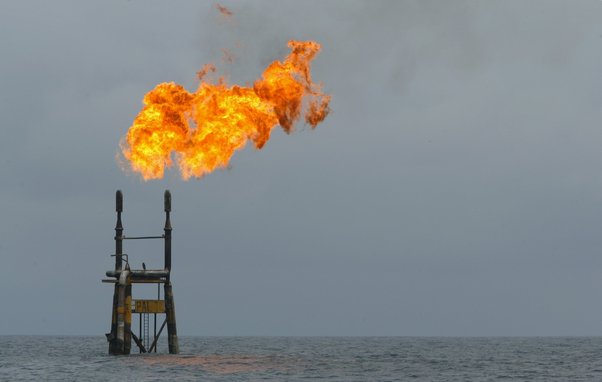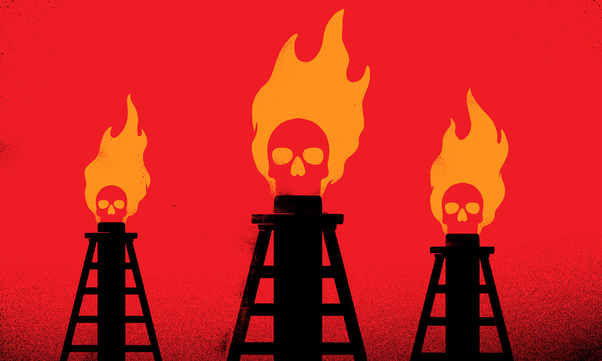BP is telling its investors its strategy is consistent with the Paris climate goals, but more than half its planned investments aren’t
At BP’s AGM today, the company will be under fire from shareholders over how its plans square with the Paris climate goals of limiting global warming to avoid climate breakdown. In its response, BP’s line is that its current strategy is already consistent with the Paris climate goals.
But this is spectacularly far-fetched – in reality BP’s plans are a recipe for climate disaster.
We’ve crunched the numbers and found that more than half of BP’s $140 billion planned investment in oil and gas over the next decade is more than we can afford to burn if we’re to avoid the worst impacts of climate change. This is because any production from any new oil or gas fields – those that aren’t yet producing – is incompatible with that goal. We simply cannot afford any new extraction.
Based on the latest climate science, we found that the production of oil and gas needs to drop by around 40% over the next decade if we’re to meet the ambition of the UN climate agreement. This is in line with the headline finding of the Intergovernmental Panel on Climate Change (IPCC) report on 1.5°C; global emissions need to fall by 45% by 2030, reaching net zero by 2050.
BP, on the other hand, reckon that spending tens of billions of dollars on new oil and gas is not a problem. They have produced their own model of how they think the world can tackle climate change and, according to them, by 2030 oil production only needs to drop 4%, and the world can afford to burn 16% more gas than we do today.
So, how do BP claim that carrying on burning fossil fuels is climate-friendly? Underneath their shiny looking modelling they rely on a magic technology that means the world can set fossil fuels on fire and release no climate-changing CO2 – Carbon Capture and Storage (CCS). This technology strips the CO2 out of things like power stations, allowing them to be stored, often underground – rather than released into the atmosphere.
And BP are relying on this magic technology a lot. Their climate models relies on CCS increasing by over 14,000% over the next 20 years. Based on the scale of existing CCS plants, this would require building another 2,500 plants – opening one new plant every three days for the next 20 years. For context, there are only 17 CCS plants in the world right now, and only two of those have started operating in the last three years.
You don’t have to be a climate scientist or an engineer to realise that those projections aren’t even close to realistic. The world’s leading climate scientists in the IPCC have taken a look at CCS and found there is significant uncertainty over its future, it has not become cheap enough to be more widely deployed, and barely registers in governments’ plans to deliver the Paris Agreement.
BP are claiming that they don’t have to change, because this magic technology will save us in the future. In the meantime, they are investing tens of billions of dollars in new oil and gas production. Those rigs will keep on pumping fossil fuels for decades to come, pushing us towards a radically changed climate. By now, we should all know what that means – more flooding, more heatwaves, more natural disasters – all taking an enormous toll on the natural world and human life.
Shareholders are increasingly demanding that big oil companies like BP line up with the world’s ambition to tackle climate change. At the AGM today they need to keep that pressure up.
But investors shouldn’t be fooled by BP’s claims - ultimately the only way to avoid climate breakdown is to keep oil and gas in the ground.


